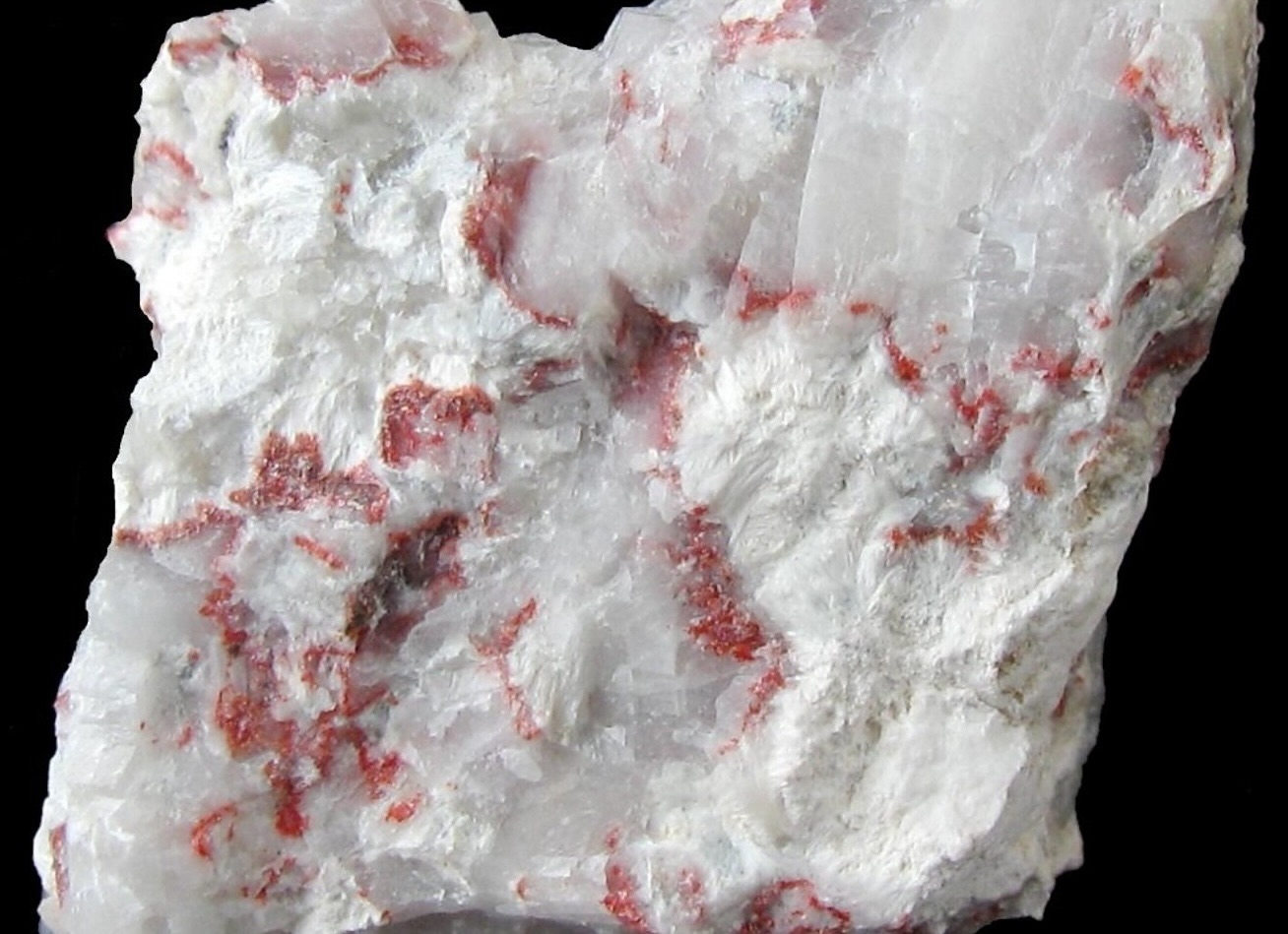
Wollastonite might sound like a rare gem, but it's actually a fascinating mineral with a ton of uses. Found in metamorphic rocks, this calcium silicate mineral is named after the English chemist William Hyde Wollaston. Wollastonite is prized for its unique properties, such as high brightness, low moisture, and resistance to chemical attack. These qualities make it a go-to material in ceramics, plastics, and even construction. But that's not all! It's also used in paints, coatings, and even as a soil conditioner. Want to know more? Buckle up as we explore 50 intriguing facts about this versatile mineral!
Key Takeaways:
- Wollastonite is a versatile mineral used in ceramics, paints, and even health applications. It's non-toxic, but proper handling is important to avoid respiratory issues. It also has positive environmental impacts, like helping with soil remediation and reducing greenhouse gas emissions.
- Wollastonite, a calcium inosilicate mineral, is found in various countries like the United States, China, and India. It's used in construction, agriculture, and even in medical applications like bone grafts. While it has environmental implications, it also supports sustainable practices and is non-toxic to aquatic life.
What is Wollastonite?
Wollastonite is a fascinating mineral with a range of applications and unique properties. Let's dive into some intriguing facts about this versatile mineral.
- Wollastonite is a calcium inosilicate mineral.
- It often contains trace amounts of iron, magnesium, and manganese.
- Named after English chemist William Hyde Wollaston.
- Typically forms in metamorphic rocks.
- Commonly found in skarns, which are calcium-rich metamorphic rocks.
- Its crystal system is triclinic.
- Usually white, but can appear in shades of gray, red, or brown.
- Has a glassy to pearly luster.
- Hardness on the Mohs scale is 4.5 to 5.
- Exhibits perfect cleavage in two directions.
Where is Wollastonite Found?
Wollastonite deposits are scattered across the globe. Here are some key locations where this mineral is mined.
- Major deposits in the United States are in New York.
- Significant deposits also found in China.
- India is another major producer.
- Deposits exist in Mexico.
- Spain has notable wollastonite mines.
- Found in Finland.
- Deposits also located in Canada.
- South Africa has wollastonite resources.
- Italy is known for its deposits.
- Deposits are present in Turkey.
Uses of Wollastonite
Wollastonite's unique properties make it useful in various industries. Here are some of its primary applications.
- Used in ceramics for its fluxing properties.
- Enhances the strength and durability of tiles.
- Commonly used in paints and coatings.
- Acts as a filler in plastics.
- Improves the performance of adhesives and sealants.
- Used in friction products like brake pads.
- Enhances the properties of welding fluxes.
- Used in construction materials.
- Acts as a soil conditioner in agriculture.
- Used in metallurgy as a fluxing agent.
Wollastonite in Health and Safety
While useful, wollastonite also has health and safety considerations. Here are some important points to know.
- Generally considered non-toxic.
- Inhalation of dust can cause respiratory issues.
- Proper protective equipment is recommended during handling.
- Not classified as a carcinogen.
- Safe for use in food-contact materials.
- Used in medical applications like bone grafts.
- Biocompatible and supports bone growth.
- Used in dental materials.
- Can be safely disposed of in landfills.
- Regulated by occupational safety standards.
Environmental Impact of Wollastonite
Wollastonite mining and usage have environmental implications. Here are some facts about its environmental impact.
- Mining can cause habitat disruption.
- Dust control measures are essential during mining.
- Can be used to remediate acidic soils.
- Helps in carbon sequestration.
- Used in wastewater treatment.
- Non-toxic to aquatic life.
- Can be recycled from industrial waste.
- Reduces the need for other more harmful minerals.
- Helps in reducing greenhouse gas emissions.
- Supports sustainable agricultural practices.
Final Thoughts on Wollastonite
Wollastonite, a fascinating mineral, offers a lot more than meets the eye. From its unique chemical composition to its versatile applications in industries like ceramics, plastics, and construction, this mineral plays a crucial role in modern manufacturing. Its environmental benefits, such as reducing CO2 emissions and improving soil quality, make it even more valuable. Understanding these facts not only broadens your knowledge but also highlights the importance of minerals in our daily lives. Whether you're a student, a professional, or just someone curious about the world, knowing about wollastonite can be quite enlightening. So next time you come across a ceramic tile or a plastic product, remember the hidden gem that is wollastonite. It’s more than just a mineral; it’s a key player in sustainable development and technological advancement.
Frequently Asked Questions
Was this page helpful?
Our commitment to delivering trustworthy and engaging content is at the heart of what we do. Each fact on our site is contributed by real users like you, bringing a wealth of diverse insights and information. To ensure the highest standards of accuracy and reliability, our dedicated editors meticulously review each submission. This process guarantees that the facts we share are not only fascinating but also credible. Trust in our commitment to quality and authenticity as you explore and learn with us.
